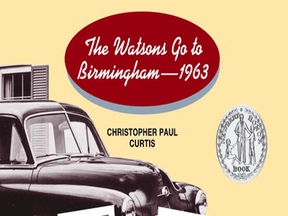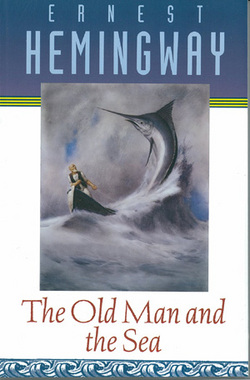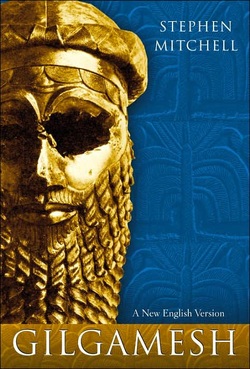Books
Harry Potter and the Prisoner of Azkaban

In Harry Potter and the Prisoner of Azkaban, the Defense Against the Dark Arts class, taught by Professor Lupin, learns about a shape-shifting creature called a boggart. When facing one, it turns into your worst fear. Professor Lupin releases a boggart in the classroom from a wardrobe, but before this is done, he teaches the class a new spell: Riddukulus. To use this charm spell, the caster must picture the boggart in a humorous shape or form that will induce laughter, thus banishing their ability to terrorize. For Neville Longbottom, a student at Hogwarts, the boggart turned into Professor Snape (the strict Potions teacher). When he used Riddikulus, it instantly transformed into Snape wearing Neville's grandmother's clothes. This metaphor explains how humor can be used to counteract our fears.
"So the boggart sitting in the darkness within has not yet assumed a form. He does not yet know what will frighten the person on the other side of the door. Nobody knows what a boggart looks like when he is alone, but when I let him out, he will immediately become whatever each of us most fears."
- Professor Lupin
- Professor Lupin
The Watsons Go to Birmingham

Dad uses humor at the very beginning of the story when the family’s heater is broken. He tells the kids about “Hambone” Henderson, Wilona Watson’s old boyfriend. By The story makes everyone laugh and forget for a while just how cold their house is.
The Odyssey

The Odyssey is book we read this year in class that illustrates the theme of Optimism. Penelope, Odysseus' wife, was told by many to give up hope in her husband after waiting for him for over 20 years. She does not listen to him, however, and continues to turn down suitors who ask for her hand. Odysseus also shows a form of optimism in his perseverance. He had been enduring hardships his entire trip back home to Ithaca all the way from Troy. He keeps pushing forward, encouraging his crew as well.
The Little Prince by Saint Exupery

The book The Little Prince illustrates the optimistic mindset of naïve children. Because children are so unknowing of the dangers and corruptions of the real world, they look at everything as if it is going to be okay because as far as they are concerned, everything has been okay. The Little Prince portrays this naïve optimism throughout the entire book. When he is trapped in the desert, the Little Princes does not take into consideration that they have no water or food, which are vital to survive. He keeps on moving with a smile on his face until he reaches his home planet. The song playing “Put on a Happy Face” by Tony Bennett is easily connected to the Little Prince because it is explaining that one day things are going to get better so you might as well smile.
The Old Man and The Sea by: Ernest Hemingway

The Old Man and the Sea portrays the same optimism as the other two books. The Old Man, despite not catching anything for 81 days, keeps on going out to sea to try and catch a fish. He never gives up, displaying perseverence just like Odysseus had.
Gilgamesh

In Gilgamesh, after Enkidu has passed away, Gilgamesh gains a pessimistic mindset and only sees the sadness in his life. He seeks a way to bring his friend back to life but does not end up succeeding. At the end of this epic, Gilgamesh finally deals with the reality that his best friend won't be coming back anymore. After his journey, Gilgamesh realizes that he can still cherish the memories he has with Enkidu for the rest of his life; his mindset becomes more optimistic. He also looks at the city that his men built and realizes its greatness and all the hard work that was put into building it. Gilgamesh regains his happiness.
